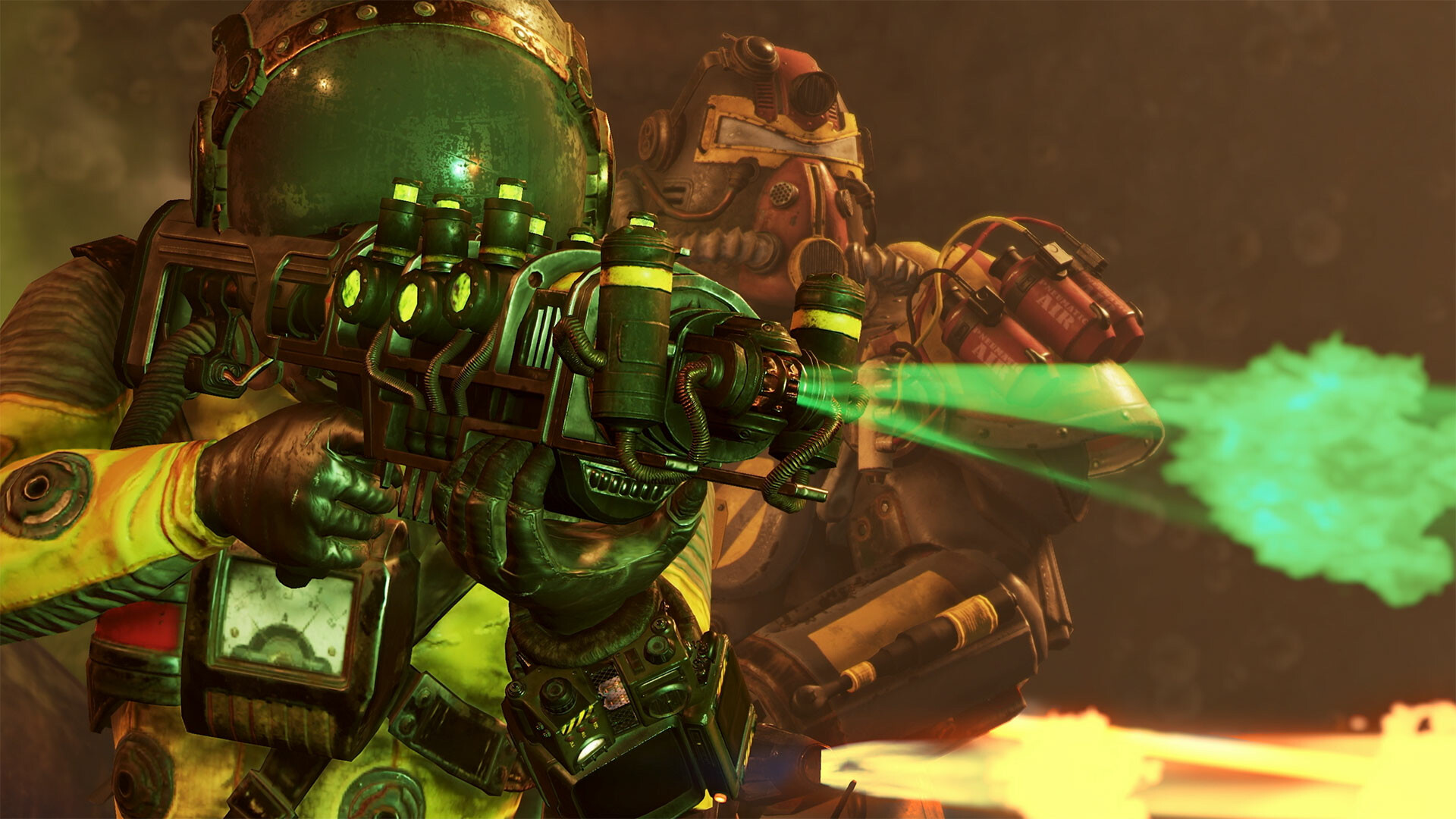After much anticipation and hype, Starfield finally made its maiden voyage earlier this month, much to the delight and criticism of fans and critics alike. Of course, since it's a game made by Bethesda Game Studios, it's next to impossible not to draw comparisons with Bethesda's previous works. Unfortunately, while Phil Spencer compares Starfield to The Elder Scrolls IV: Oblivion and others will describe it as "Skyrim in space", it's earning a distinction that places it in rare negative company among Bethesda's treasure trove of award-winning titles.
Starfield and Fallout 76 have nearly identical user review scores on SteamDB at 71.67% and 71.75%, respectively. Thus, you can't blame gamers for feeling a sense of déjà vu, especially as both have faced criticism on various fronts, ranging from graphics to gameplay dynamics.
It certainly doesn't help Starfield's case that it launched in the same month that Cyberpunk 2077 got its 2.0 update with an incoming Phantom Liberty DLC nor just months after Baldur's Gate 3 came out, to much critical acclaim. Even when compared to older classics, like, let's say, The Witcher 3: Wild Hunt, which was recently re-released on the PlayStation 5 and Xbox Series S/X, the experience of Starfield feels noticeably underwhelming.


